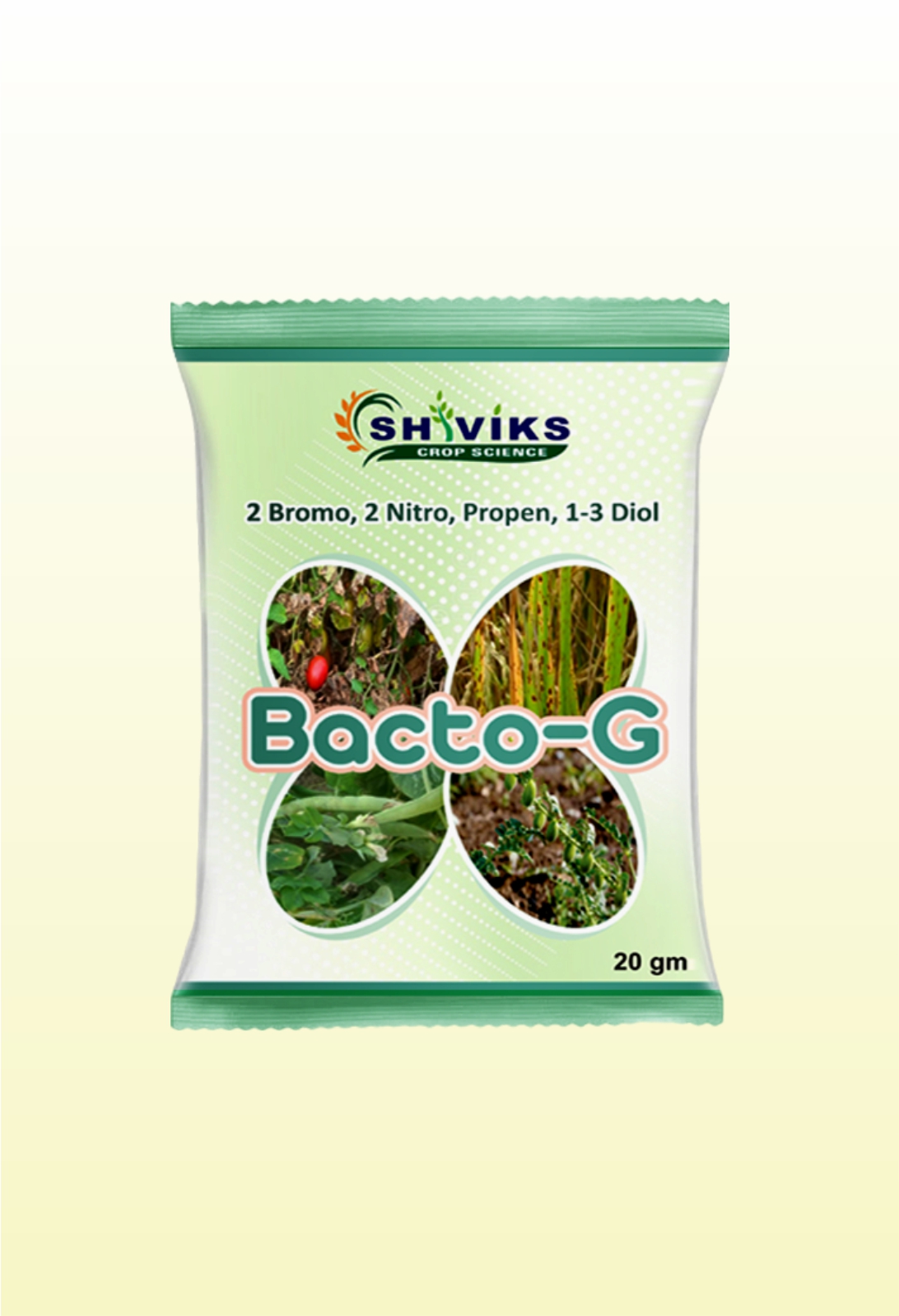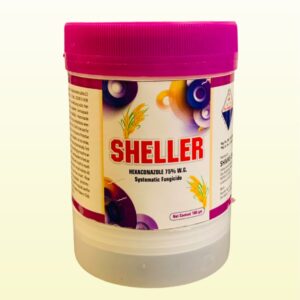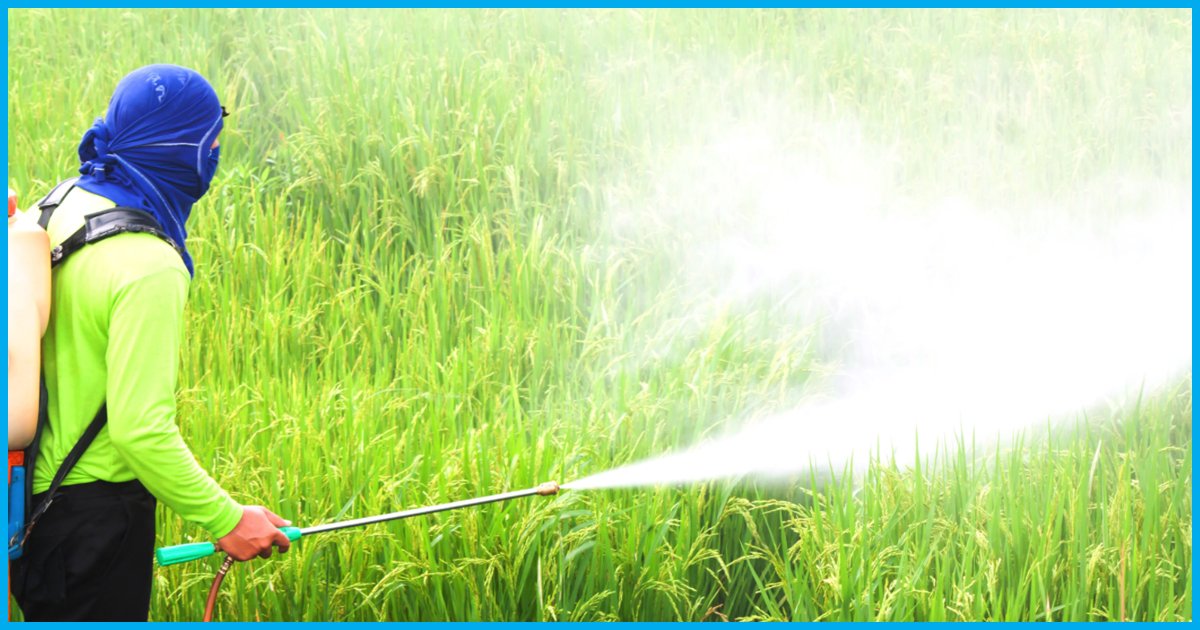Description
Many general characteristics of plant bacterial diseases (examples shown in Fig. 1) favour disease incidence, pathogen dissemination and pathogen survival, and confound management strategies in agricultural ecosystems.
xamples of these include: (i) the growth rate of bacterial pathogens under optimal environmental conditions can quickly result in population sizes that favour both increased levels of infection and the potential for rapid spread to new infection sites, driving disease epidemics (Fig. 1A – fire blight, Erwinia amylovora); (ii) epiphytic growth on symptomless leaf surfaces can result in the attainment of sufficient population size for disease occurrence (Fig. 1B – bacterial brown spot, Pseudomonas syringae pv. syringae); (iii) some bacterial pathogens are soil-borne and, with the absence of effective fumigants, reductions in bacterial populations in soil are extremely difficult to achieve (Fig. 1C – bacterial wilt, Ralstonia solanacearum); (iv) many bacterial pathogens predominantly colonize internal locations within plants that are inaccessible to most spray-applied chemical and biological controls that target plant surfaces (Fig. 1D – Huanglongbing (HLB), ‘Candidatus Liberibacter spp.’); (v) populations of insect vectors, especially of destructive xylem- and phloem-dwelling pathogens, are as difficult to manage as the diseases (Fig. 1D); (vi) pathogen survival and growth on crop debris and on alternative hosts defeat strategies of inoculum reduction (Fig. 1E – Goss’s wilt, Clavibacter michiganensis ssp. nebraskensis); and (vii) asymptomatic survival of pathogen cells on planting material for extended periods of time can result in disease dissemination to new geographical locations








